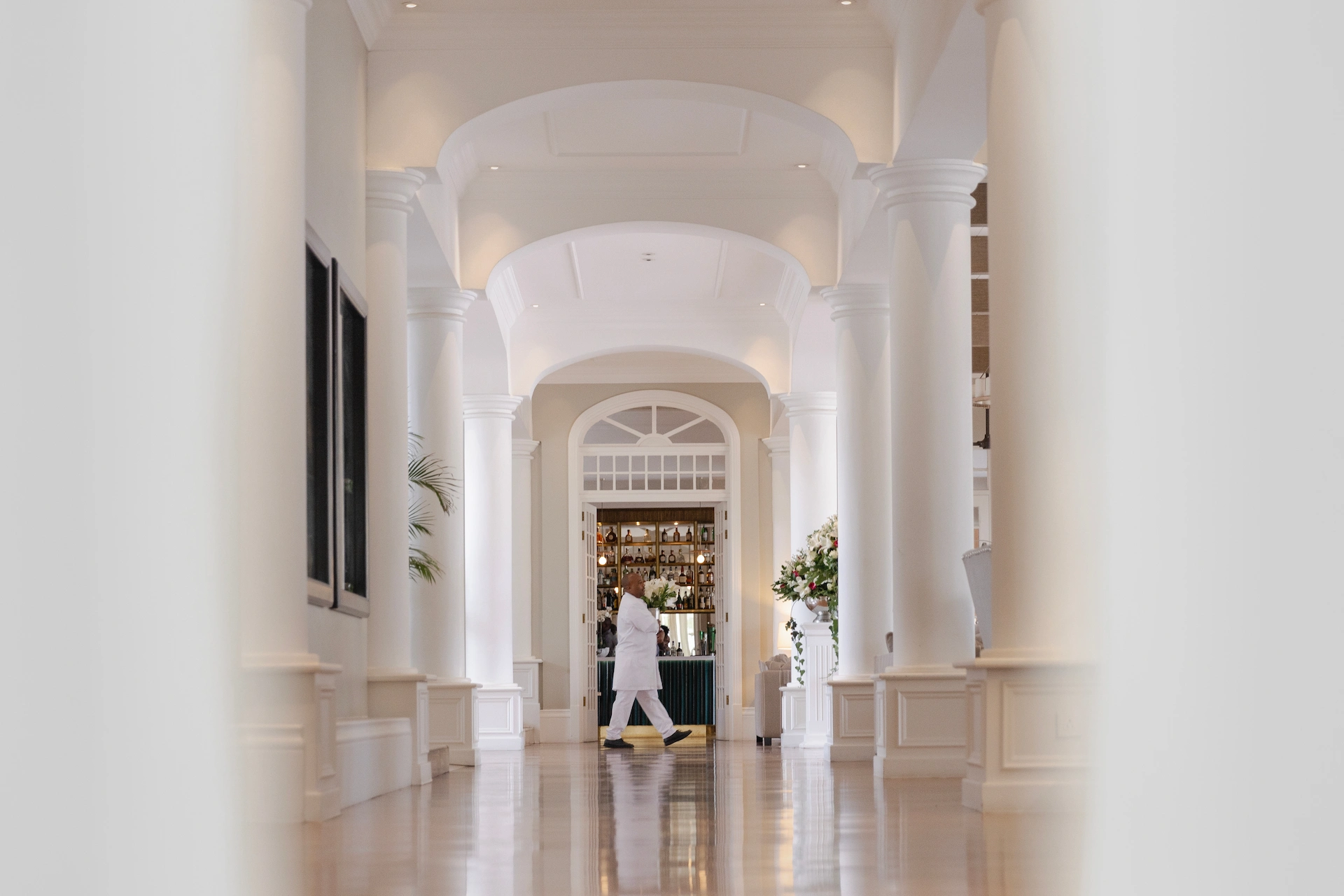The Gede Ruins: Exploring the Ancient Swahili Settlement Near Hemingways Watamu
- 15/09/2025
- ffc_admin
Introduction
Just a short 15-minute drive from Hemingways Watamu, the Gede Ruins offer one of the most fascinating cultural experiences on Kenya’s coast. Hidden within a lush forest sanctuary, this ancient Swahili town dates back to the 12th century and reveals a civilisation of remarkable sophistication and global connection. For guests looking to go beyond the beach, a visit to Gede adds history, intrigue, and atmosphere to any stay at Hemingways Watamu.
A Window into Swahili History
The ruins of Gede tell the story of a once-thriving settlement built by Swahili-Arab traders who settled along the East African coast in the 12th century. Gede’s location near the ocean made it a vital hub for maritime trade, linking Africa to Arabia, India, and Asia. Built from coral stone and lime mortar, the town included houses, mosques, wells, and a palace, all designed with remarkable craftsmanship that reflected both African and Islamic influences. For over 500 years, Gede flourished as a centre of commerce and culture. Archaeological finds including Chinese porcelain, Indian beads, and Persian glassware reveal its role in the Indian Ocean trade network long before European contact. Yet by the late 1600s, the city was mysteriously abandoned, likely due to shifting trade routes, disease, or conflict.
Today, the ruins remain remarkably well-preserved thanks to the coral stone used in their construction and the forest that later enveloped them, protecting them from erosion and looting. Managed by the National Museums of Kenya, Gede is now recognised as one of the country’s most important heritage sites.
Exploring the Ruins
A visit to Gede is an immersive journey through centuries of history. Shaded forest trails wind between coral-stone walls and open courtyards, where monkeys chatter in the trees above and sunlight filters softly through the canopy. Guided tours bring the ruins to life, explaining the significance of each structure and the stories behind the town’s mysterious past. Visitors can also explore the on-site museum, which displays artefacts and offers interactive exhibits that make the experience engaging for families and history enthusiasts alike.
What to expect:
What to expect: a peaceful forest sanctuary alive with birdlife, ancient trees, and the quiet presence of a civilisation that once thrived where nature now reigns.
Family Activities
The Gede Ruins make a rewarding and educational day out for families staying at Hemingways Watamu. Children love exploring the maze-like layout of the town, where every turn reveals another doorway, courtyard, or crumbling archway. The museum adds context with hands-on exhibits, while shaded picnic spots nearby provide space for a relaxed lunch surrounded by nature. Pair the visit with a stop at the Arabuko Sokoke Forest Reserve, just five minutes away, for birdwatching or a guided forest walk, a perfect way to combine culture and nature in one day.
Best Time to Visit
Gede can be visited year-round, but mornings between 8:00 a.m. and 11:00 a.m. or late afternoons around 4:00 p.m. are ideal, when temperatures are cooler and the light is perfect for photography. The site takes about 1–2 hours to explore comfortably. Transport and guides can be easily arranged through the Hemingways Watamu concierge, who will ensure a smooth and enriching half-day excursion.
Conclusion
A visit to Gede Ruins transforms a coastal holiday into something more meaningful, a chance to connect with Kenya’s deep Swahili heritage and imagine the lives that once filled this hidden town. From Hemingways Watamu, it’s a short and seamless journey into the past, offering a captivating contrast to the beach and sea.

